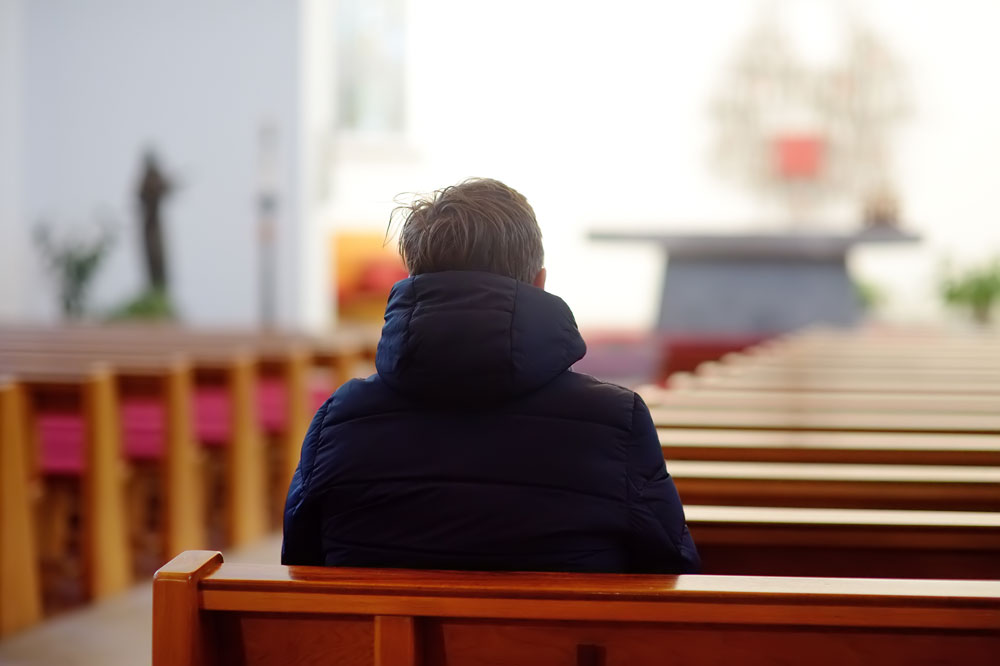Why Every Church in America Has a Legal Duty to Safeguard Its Congregants
Jesus once said, “Go out into the highways and hedges, and compel them to come in, that my house may be filled.” (Luke 14:23). It’s a sacred calling for every believer—to invite the lost, the seeking, the hurting—to worship and fellowship. But when tragedy strikes within church walls, like the horrific shooting at Emanuel AME Church in Charleston, South Carolina, another question rises urgently:
What duty do churches have to protect those who accept the invitation?
This question resonates across all 50 states. From rural chapels in Kentucky to urban parishes in California, every church stands at the intersection of faith and legal responsibility. The law doesn’t merely ask if your doors are open—it asks what you’ve done to keep people safe once they enter.
Legal Foundations: Churches Have a Duty to Act
Across jurisdictions, U.S. courts have consistently affirmed that property owners—including churches—must exercise ordinary care to protect invitees from foreseeable harm.
1. Ordinary Care
Defined by Black’s Law Dictionary as the care a reasonably prudent person would exercise under similar circumstances, this standard requires churches to:
- Maintain safe facilities
- Install basic protections (e.g., lighting, locks, emergency exits)
- Respond to known threats with practical measures
2. Invitee Status
When a church invites members and guests onto its property—whether for Sunday service or community outreach—it legally designates them as invitees. That status carries heightened responsibility:
- Invitees are owed the highest duty of care
- Churches must protect them from conditions and third-party acts that could pose danger
3. Foreseeability
Foreseeability is the legal linchpin. Courts assess:
- Past incidents on or near church property
- How recently and frequently those incidents occurred
- Publicity surrounding those incidents
If your church has previously faced threats, vandalism, break-ins, or violence—and took no steps to improve safety—liability may follow.
Cited Cases:
• Timberwalk Apartments, Partners, Inc. v. Cain, 972 S.W.2d 749 (Tex. 1998)
• Jane Doe 1 v. Pilgrim Rest Baptist Church, 248 S.W.3d 831 (Tex. App. Dallas, 2008)
• Walker v. Harris, 924 S.W.2d 375 (Tex. 1996)
How This Applies Nationwide
While these cases originate from Texas, the legal reasoning applies universally. Every state has premises-liability laws that define invitees and apply standards of ordinary care. The exact statutes may differ, but the foundational principle remains:
Churches must take reasonable steps to protect those they invite.
This means:
- Conducting regular security assessments
- Responding to past incidents or neighborhood crime trends
- Establishing written safety policies and emergency response plans
- Training volunteers and staff for crisis situations
No congregation is immune. Violence has occurred in churches in South Carolina, Texas, California, Tennessee, and beyond. The pattern is clear, and the legal duty has crystalized.
A Real-World Illustration
Imagine a church that suffered an armed intruder incident a year ago. They made no changes, no plan, no training. Then a second, similar attack happens. Legally, the church could be held liable—because they knew or should have known, and they failed to act. All three duty-of-care elements are satisfied.
If a church has experienced threats or violence and does not implement reasonable protective measures, it may be held liable if another incident occurs. Courts ask:
- Was the threat foreseeable?
- Did the church respond with reasonable care?
- Were congregants treated as invitees and protected accordingly?
What Churches Should Do Now
- Perform regular security and risk assessments
- Establish a written Emergency Response Plan
- Train greeters, ushers, and ministry leaders on basic safety protocols
- Document inspections, volunteer training, and threat reports
- Build partnerships with local law enforcement
Ready-Made Plans Available Nationwide
Faith-based organizations can download professionally crafted emergency plans tailored for churches at:
For a limited time, complete ERPs, SOPs, and training packages are available at just $95 per product to increase national access and preparedness.
Faith and Responsibility Must Walk Together
Spiritual conviction and legal accountability don’t oppose each other—they reinforce each other. Churches are called to welcome and care for those they serve. That includes creating safe environments for worship. The days of relying solely on prayer for protection have given way to a new era of preparedness, backed by Scripture and by civil law.
For those involved in church safety, security, and leadership, this isn’t optional. It’s essential.
Bottom Line
Ministry begins with welcome—but it must continue with protection.
Good intentions are not enough. Faith and responsibility must walk hand-in-hand.
Let us compel them to come in, yes—but let’s also ensure they return home safely.

